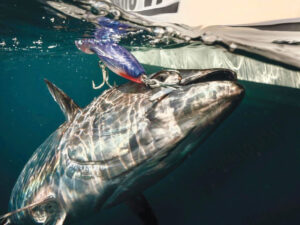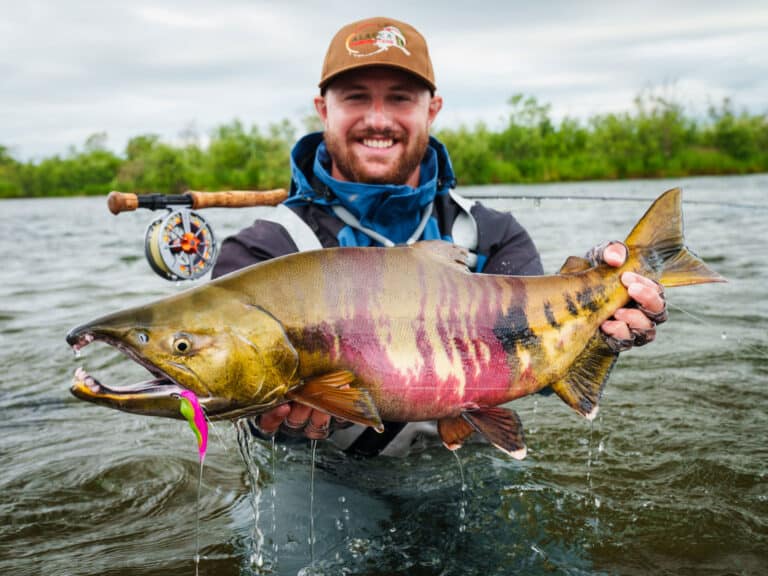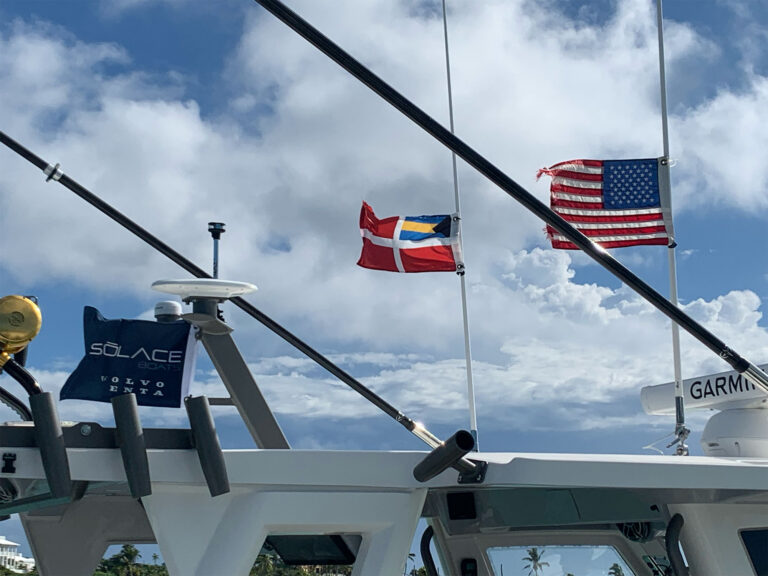
In the past week more than 8,000 square miles of the Gulf of Mexico, federal waters lying off a portion of the Mississippi coast, all of Alabama and off the Florida Panhandle as far east as Cape San Blas, have been reopened to fishing. In addition, the area off the Florida panhandle currently open only to finfish fishing will be opened to all fishing. The entire area is heavily fished for snapper, mackerel, and between August 20 and August 24, NOAA sampled the area for finfish such as tuna, swordfish, and dolphin. Sensory analyses (the “sniff test”) of 104 samples and chemical analyses of 101 specimens found no detectable oil or dispersant odors or flavors, and results of chemical analysis were well below the levels of concern.
The total remaining closed area now covers 39,885 square miles, or about 17 percent of the federal waters in the Gulf. At the peak of closure in early June, some 37 percent of the federal waters in the Gulf were closed to fishing.
Dead Zone Report
Since the Deepwater Horizon incident began, EPA and NOAA have systematically monitored dissolved oxygen levels along with other parameters from the sea surface to about 5,000 feet deep near the spill site. Data from 419 locations sampled on multiple expeditions by nine ships over a three-month period, were analyzed, and a report released this week by NOAA, the U.S. Environmental Protection Agency, and the Office of Science and Technology Policy (OSTP) this week. Result indicate that shows dissolved oxygen levels have dropped about 20 percent from their long-term average in the Gulf of Mexico in areas where scientists previously reported subsurface oil. However the levels have stabilized and are not low enough to create “dead zones,” area of very low dissolved oxygen that cannot support life. Scientists from agencies involved in the report attribute the lower dissolved oxygen levels to microbes using oxygen to consume the oil from the BP Deepwater Horizon oil spill.
Dead zones are commonly observed near shore in the western and northern Gulf of Mexico in summer, but not normally in the deep 3,300- to 4,300-foot layer where this study occurred. Dead zones, also known as hypoxic areas, are defined in marine waters as areas in which dissolved oxygen concentrations are below 2 mg/L. The lowest dissolved oxygen measured was 3.5 mg/L, which is above hypoxic levels. However, this report does not discuss the broad ecosystem consequences of hydrocarbons, the total volume of escaped oil, released into the environment.








